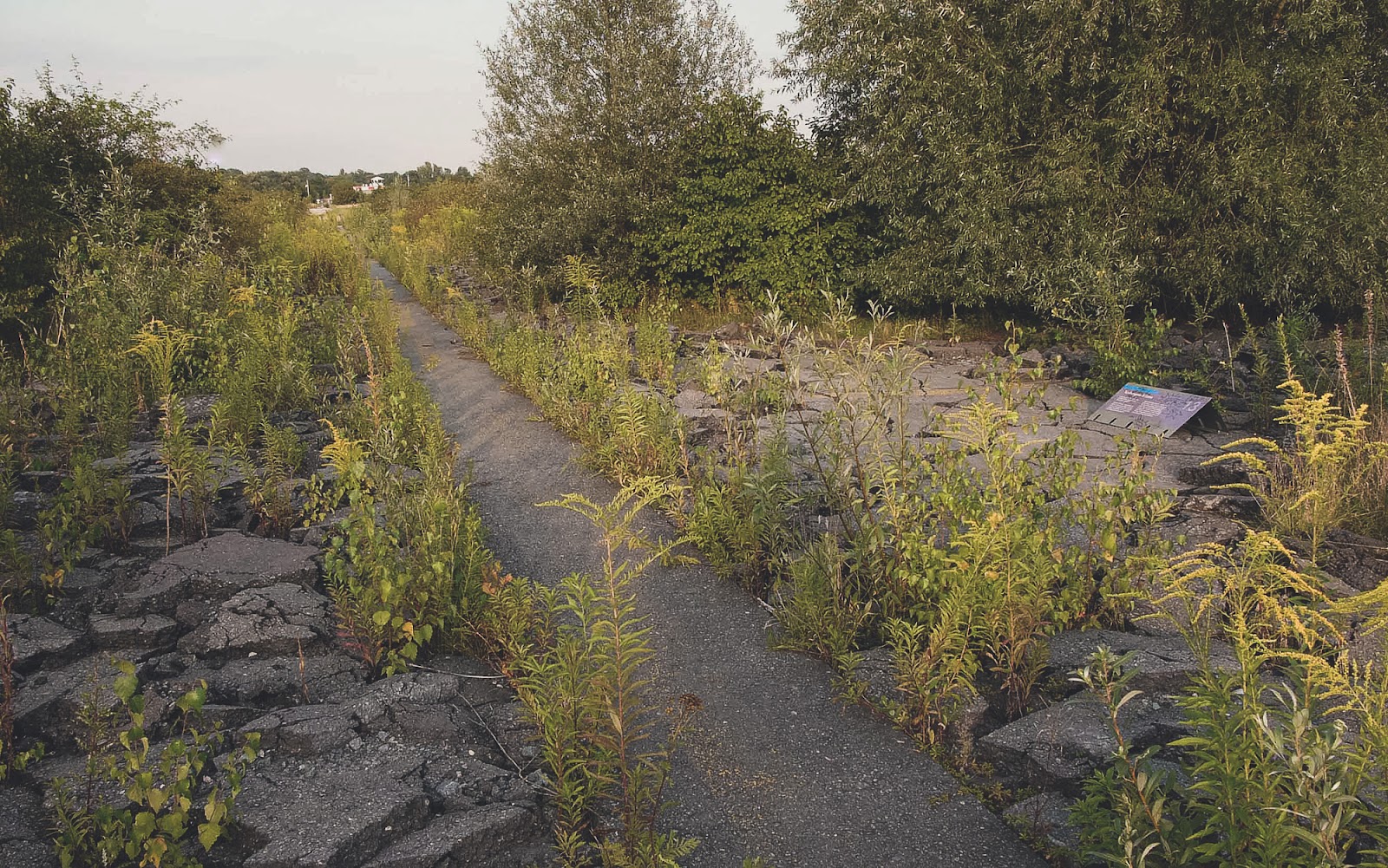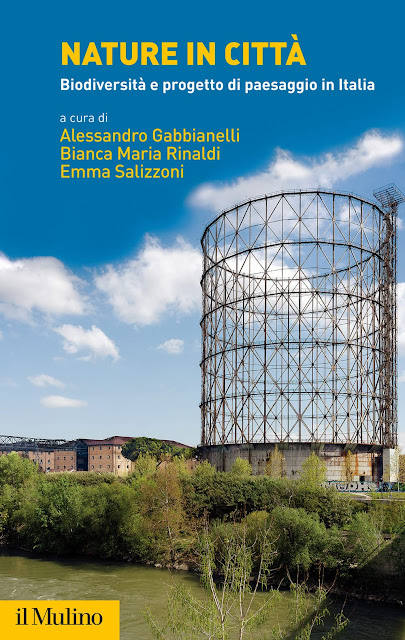IV. Gli spazi aperti della città diffusa
Pierre-Alain Croset
Non è un caso che la cultura progettuale contemporanea si stia interessando sempre di più ai contesti eterogenei e discontinui della periferia e della città diffusa, nei quali abbondano enormi distese di spazi aperti privi di una chiara identità formale e simbolica. Ciò che si dimostra l’aspetto più stimolante per l’azione progettuale è proprio il fatto che questa apparente assenza di identità fa percepire questi contesti come i possibili terreni di una autentica, radicale sperimentazione. Nati quasi sempre casualmente come spazi di risulta, gli spazi aperti della città diffusa non possono venir interpretati secondo le categorie tradizionali della morfologia urbana, ma necessitano l’elaborazione di nuovi strumenti descrittivi come operazione preliminare ad ogni azione di riqualificazione. Nel saggio introduttivo di Stefano Boeri, Arturo Lanzani e Edoardo Marini viene discussa concretamente una prima ipotesi di classificazione, attenta alle specificità insediative, ma anche sociologiche di una cultura della città diffusa che dovrebbe rendersi riconoscibile proprio per la sua capacità di produrre spazi aperti innovativi.
Franco Purini si interroga invece sul perché l’architettura contemporanea non abbia saputo elaborare un quadro teorico di riferimento per l’interpretazione dei cosiddetti “non-luoghi” — categoria molto generale nella quale vengono considerate strutture insediative atipiche come aeroporti e supermercati, caselli autostradali e discariche, tralicci elettrici e centrali energetiche. Questi “non-luoghi” meritano la massima attenzione progettuale per il fatto di costituire — secondo la suggestiva interpretazione di Purini — l’autentico fattore coesivo del paesaggio della città diffusa contemporanea. Per questa ragione appare quindi determinante l’affermazione di una nuova sensibilità capace di cogliere la particolare “poetica del vuoto” nascosta nei grandi “terrains vagues” delle nostre periferie, seguendo in questo le visionarie interpretazioni offerte dalle descrizioni letterarie di Robbe-Grillet e di Handke, dalle sequenze filmiche di Rohmer e di Wenders, ma anche dallo sguardo fotografico di Ghirri, Jodice o Basilico.
In questo intento di dare valenza positiva all’interpretazione del fenomeno della “diffusione” urbana, di sicuro interesse potrebbe anche rivelarsi la rilettura di alcune esperienze progettuali moderne fortemente connotate in chiave di ideologia “anti-urbana”: nel modello wrightiano di Broadacre City, nei disegni territoriali dei “disurbanisti” sovietici, ma anche in alcune visioni radicali del gruppo Archigram possiamo infatti scoprire tracce di un’attitudine profondamente sperimentale riguardo alla morfogenesi delle nuove tipologie di spazi aperti, svincolati da ogni legame con il modello insediativo della città compatta. A partire da una scelta ristretta di esempi contemporanei, Jacques Lucan propone invece di privilegiare due attitudini progettuali, ambedue pertinenti per dare senso e qualità agli spazi aperti della città diffusa: la prima nell’esaltare l’orizzontalità ed estensione del paesaggio nella sua globalità — come avviene in particolare nei progetti di Rem Koolhaas —, la seconda nel produrre una forte concentrazione del costruito in punti di alta densità per liberare al massimo il suolo e rafforzarne il carattere di apertura.
I progetti pubblicati in questa sezione, tutti fortemente innovativi, si rifanno a tre diversi temi. Il tema della costituzione di un grande spazio recintato per i progetti di Purini e di Busquets: nel primo, le diverse funzioni legate ai trasporti e all’accessibilità di Gubbio vengono organizzate in una successione di “anticamere” a cielo aperto, mentre nel secondo lo spazio pubblico appare conformato come un suggestivo “ibrido” tra l’estensione aperta di un ampio giardino e la chiusura di un portico continuo. Il tema del disegno di un paesaggio per i progetti di Tschumi e di Meili: nel primo, la diffusione edilizia dei capannoni industriali viene regolata da chiara strutturazione gerarchica degli spazi aperti, mentre nel secondo la struttura insediativa lineare dei nuovi corpi di fabbrica sfrutta i venti dominanti per favorire la creazione di microclimi e nel contempo lo sviluppo dell’agricoltura intensiva. Il tema dell’interpretazione di un programma funzionale innovativo, infine, per i progetti di O.M.A. e di Kollhoff: nel primo, il programma dell’“interscambio” infrastrutturale viene assunto come occasione di creare forti accenti — vere e proprie “colline artificiali” — nel paesaggio aperto della metropoli, mentre nel secondo il programma della “città d’affari” da creare tra gli aeroporti di Roissy e di Orly si traduce in una originale strategia di diffusione su un territorio prevalentemente agricolo di un nuovo tipo edilizio a forte densità. (p. 73)
























